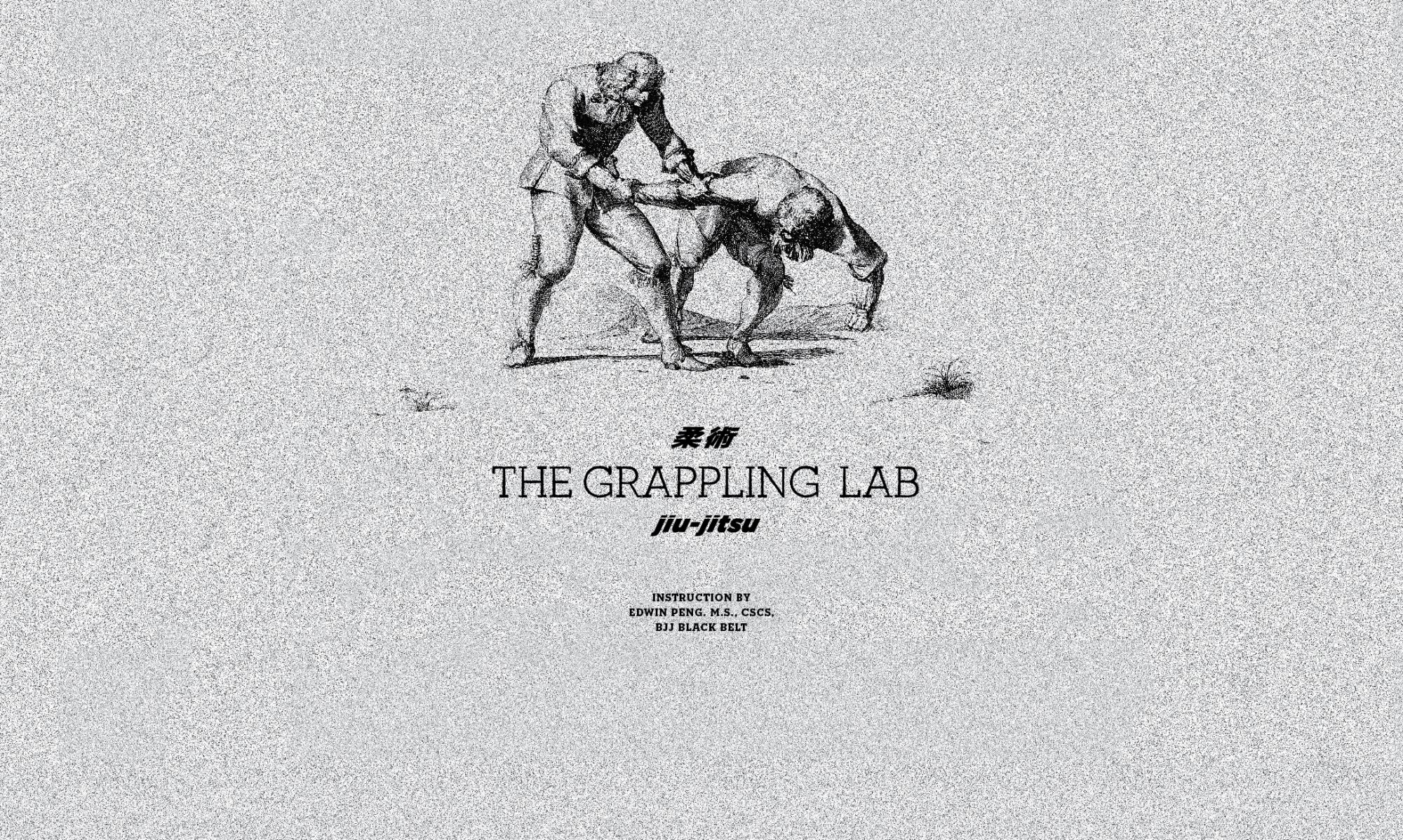Gravity
Gravity is one of the fundamental forces of the universe: gravity’s force pulls all objects with mass together. The Earth’s force pulls you onto the planet and pulls galaxies together. Gravity is always acting upon objects which have mass; since your body is made of mass, gravity is always acting upon you. This action of gravity is what gives you weight.
Gravity is one of the most important concepts in BJJ due to the nature of the sport. You need to know how to use gravity to your advantage, and that in most cases one person will benefit from the force of gravity while the other will be disadvantaged by gravity. In general, the force of gravity is the main component in making positions either favorable or unfavorable. The person in the top position can exert the force of their weight on the person on the bottom position without relying on muscular force. The person on the bottom position will be forced to endure the weight of their opponent and will be forced to exert muscular force in order to move the weight of their opponent. BJJ legend Demian Maia succinctly explains the proper way to use gravity in the following quote – “Your opponent should be carrying your bodyweight while you are resting. When I rest, I should put him to work so I don’t work and he works and he gets tired!” Another way of thinking of this is that gravity is free energy, and students should be taught to exploit that free energy.
Center of Gravity
The center of gravity is an important concept that you should understand to make sense of many sweeps and positions that you will encounter during training. Gravity acts upon all objects in a way where the overall pull is concentrated on a singular point, where the average mass of the object lies – the center of gravity (COG). The force of gravity constantly pulls a body’s COG in a straight line towards the center of the earth.
The human body, with its almost unlimited postures and positions allows for a shifting center of gravity – even at times outside of the body itself. During a normal standing posture with arms hanging by the side, the body’s center of gravity is approximately around the navel, and it can be generally assumed that a person’s center of gravity will lie around the hips in most postures.
By configuring their own body, a person can change their COG in order to resist sweeps or prevent themselves from falling over. In general, a lower COG will allow for greater stability, squatting will lower the COG and provide more stability. Students should be taught to control their COG to prevent being swept, and to control their opponent’s COG in order to set them up to be swept.

Figure 3.3: The body’s center of gravity will change based on limb position and posture
Gymnasts and divers can change their position in the air by changing the position of their COG by extending or flexing their limbs. The position of the COG can change substantially based on where each individual body segment is, and each individual body segment’s influence is proportional to its weight and distance from the COG. Due to this, an outstretched arm or leg can shift the COG further than one can expect. Students should be taught to use their COG dynamically, to become heavier and lighter in certain positions to prevent sweeps.
Another aspect regarding COG that should be taught is that by having a student get their COG close to their opponent’s COG, they will retain better control over them because they can treat their two masses as one.


One Reply to “Biomechanics of BJJ 5: Gravity / Center of Gravity”
Comments are closed.